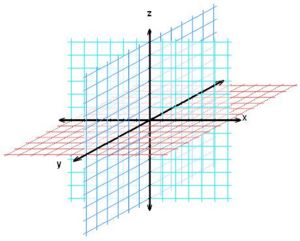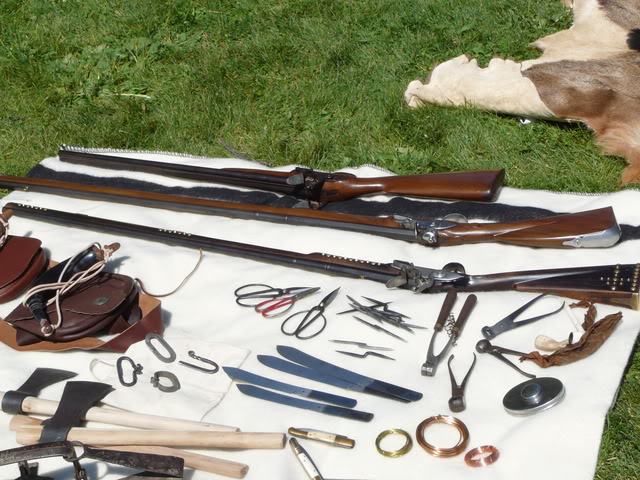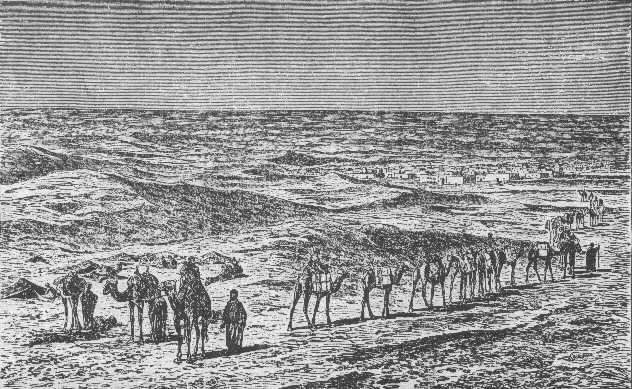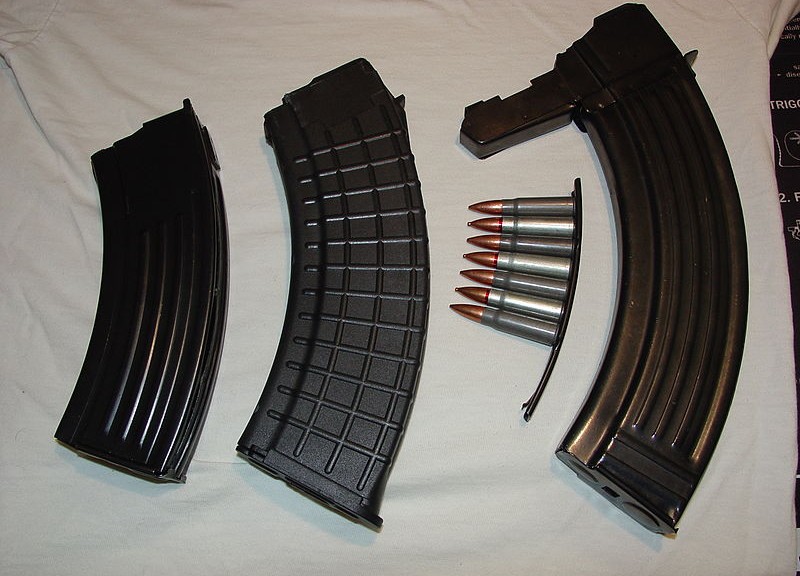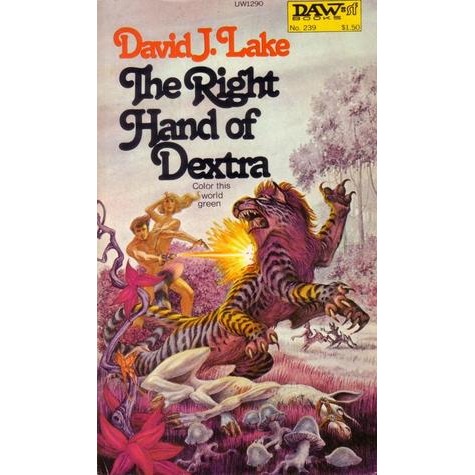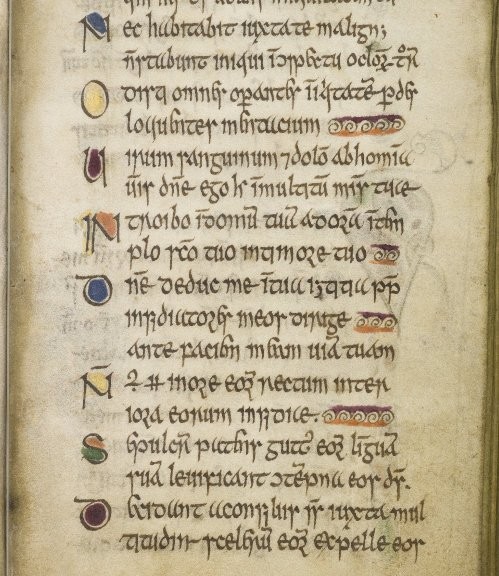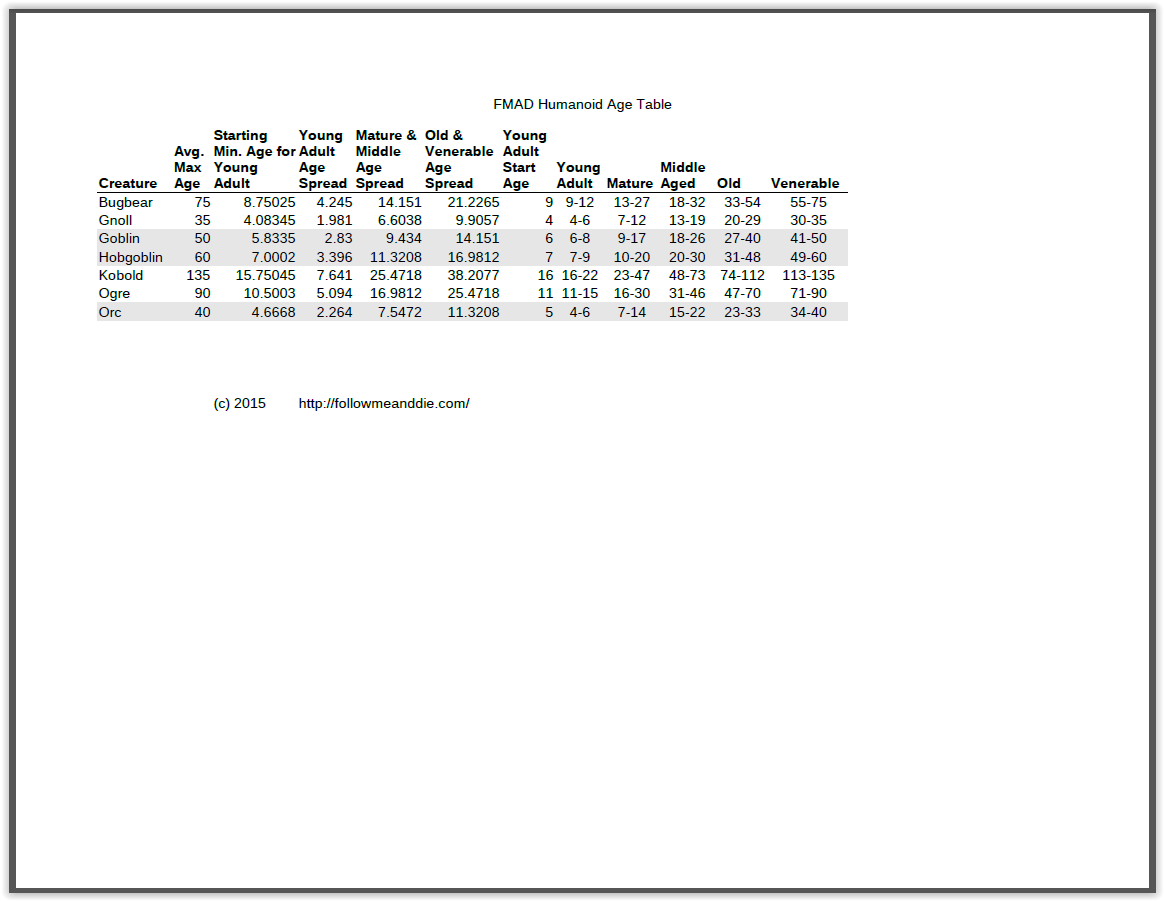As I have mentioned before, I play in a weekly Wednesday night AD&D Roll20 campaign that just hit 71 sessions this week. Here is a link to the spreadsheet I built in Google Sheets.
After session 69, our DM, John, asked us to put together a list of all the factions and potential enemies we had made. I made a quick off the cuff list in a reply to that thread on our G+ Community. You can catch John’s blog about his design for the campaign here.
Before we got going on session 70, John mentioned that he had built a spreadsheet to help him keep track of all the factions, but had an issue tracking which groups were friendly or in communication with other groups. I suggested color coding or using mind map software. John mentioned that he thought of building an SQL database and using SQL queries to make sense of it.
While I love technology and the idea of using bells and whistles and shiny bits to track such interactions, that is impractical. There has to be an easier way to do it with a spreadsheet so you can just print it out for use at the table.
First, I turned to Google, but did not quickly find anything searching for “RPG faction tracker” or “RPG intrigue tracker”.
It is simple to make a list of groups and keep track of whether or not they like the PC’s and how much. The complexity comes in when when keeping track of how the various factions feel about each other.
Factions that don’t get along might cooperate if they also don’t like the PC’s enough to do so, and there is benefit in their cooperation.
Factions that don’t get along and one side likes the PC’s would only cooperate in helping or hindering the PC’s if the benefit were enough to counteract their favorable or unfavorable opinion of the PC’s. For example, the group friendly to the PC’s would only sell them out if the price of losing the abilities and services of the PC’s were worth it.
Factions that like each other would be challenged if one liked the PC’s and the other did not. Which friendship would win out, faction1-faction2, or factionX-PC’s?
An X-Y type chart with each faction on each axis to chart how they interact with each other, and how they view the PC’s.
A straight text faction tracker does not display very well.
Faction 1 N/A – 0 +
Faction 2 – N/A _ +
Faction 3 0 – N/A +
Faction N + + + N/A
Faction 1 Faction 2 Faction 3 Faction N
Here is one built in LibreOffice and copy and pasted in.
Faction Tracker
| Faction 1 | N/A | + | + | 0 | + | + | – | – | – | – – |
| Faction 2 | + | 0 | N/A | – | + | 0 | – | – – | ++ | – – – – |
| Faction 3 | + | + | + | 0 | N/A | 0 | + | – – – | ++ | – – – |
| Faction … | – | – | – | – – | + | – – – | N/A | – – | + | – – – – – |
| Faction N | – | – – | ++ | – – – – | ++ | – – – | + | – – – – – | N/A | – – – |
| Faction 1 | Faction 2 | Faction 3 | Faction … | Faction N |
In the above example, each faction on the grid is shown as having a relationship of N/A with itself. I got to thinking about it, and you can color code that to indicate the stability of the organization, or divisions and intrigue within the organization. To the right is how that faction views the PC’s.
So the left side of each cell is the relationship/opinion of one faction for another, and the right side is the net view of both factions for the PC’s.
In column one we see that Faction 1 has a positive relationship with the PC’s. Faction 1 & 2 like each other, but Faction 2 does not like the PC’s so the net view of both factions is that they are neutral to the PC’s. Without some major event or other leverage to move the discussion between them, Faction 1 might not sell out the PC’s.
Faction 1 & 3 like each other and because Faction 3 is neutral to the PC’s the net view of the PC’s is positive.
Faction 1 & … don’t like each other, and Faction … dislikes the PC’s twice as much as Faction 1 likes them, so the net view of the PC’s is negative. However, since the two factions don’t like each other or get along, the PC’s should be OK from Faction 1.
Faction 1 & N don’t get along and Faction N dislikes the PC’s three times as much as Faction 1 likes them. On top of that Faction N has some sort of a power struggle or instability in its ranks.
The benefit of using multiple +’s and -‘s is a quick visual queue for the level of like or dislike for the PC’s. This gets tricky to enter into Libre Office because one has to remember to tab off after entering a multiple – or it tries to do a formula, even if you set all the cells to be text only. I did not test it on Excel on my work laptop.
So a simpler and quicker entry method would be to use signed numbers, i.e. 1, 2, 3 for degree of positive, and -1, -2, -3 for degree of negative. If using a spreadsheet, having two columns for tracking the interactions would make it easier to use the graphing/charting capabilities of a spreadsheet.
| Faction 1 | N/A | 1 | 1 | 0 | 1 | 1 | -1 | -1 | -1 | -2 |
| Faction 2 | 1 | 0 | N/A | -1 | 1 | 0 | -1 | -2 | 2 | -4 |
| Faction 3 | 1 | 1 | 1 | 0 | N/A | 0 | 1 | -3 | 2 | -3 |
| Faction … | -1 | -1 | -1 | -2 | 1 | -3 | N/A | -2 | 1 | -5 |
| Faction N | -1 | -2 | 2 | -3 | 2 | -3 | 1 | -4 | N/A | -3 |
| Faction 1 | Faction 2 | Faction 3 | Faction … | Faction N |
One can also just as easily use a sheet of graph paper and colored pencils.
The way to gauge how a faction in a town, city, or region views the PC’s, it should be as simple as tracking the number of times the PC’s do something that furthers or hinders the goals, prestige, and power of the faction. If the members of the faction say, “Who? Never heard of them.” when asked about the PC’s, then they are neutral. If they have heard of them, and the PC’s have not done anything to affect their standing in the world, it would still tend to be neutral.
If the PC’s do something to further or hinder a cause that the faction favors, but it does not change their position in the world, the faction would also tend to be neutral. If the cause was not core to their purpose in life. For example, the local thieve’s guild probably won’t care what the PC’s do as long as it doesn’t impact their business. If the guild is limited to what goes on in the city, destroying the local goblin tribe may not matter to them, so neutral. If the goblin tribe was stopped from breaching the city walls and killing all in sight, then the guild would have a positive view since no city means no business. However, if there were some sort of lucrative arrangement with the goblins and the PC’s wiped them out and ended that source of revenue, then a definite negative.
All of these things are relative. Different factions will have different goals and sources of power and influence.
If there is a city, for example, and there are multiple factions vying for control, and the PC’s actions strengthen the position of one or more factions and weaken others, the PC’s may not be safe in certain parts of town. Add in the some factions are allied or opposed to other factions, and the interactions get complicated.
When there is a major slaver’s ring when there are interactions in multiple cities and factions in each, breaking open that slaver’s ring will change the political landscape and factions that are unknown to the PC’s suddenly come to the fore. This is what happened in our weekly online AD&D game. We are still learning of connections. I find myself wishing we had a wizard with a crystal ball, or the ability to be invisible and read minds, to find out more of what we need to know to not get dead.
Just knowing what I know as a player, it is hard to keep straight. Our group seems to be a magnet for trouble and upsetting the social and political balance wherever we go. We view ourselves as the good guys who are there to help, but some we have tried to help might not see it that way, while others are grateful for our assistance, and those we have offended are very thirsty for our blood. It is the ones who are patient about taking care of us, and using them to their advantage while they can that bother me the most. This has made for an engaging and exciting campaign, and I keep wanting to know more.
If PC’s just stick to fighting monsters and looting dungeons and keep out of politics and justice, they could end up with fewer enemies and perhaps stronger friends. It all depends on the group interaction of the players and how they play their characters, and how they interact with the world. If they don’t work to upset the apple cart wherever they go, they can be more scared of the monsters and villains they encounter, than all the factions that are after their heads.
If your players have gained the attention of lots of factions, you might need to keep track of them. Hopefully, these ideas will help you do that.



